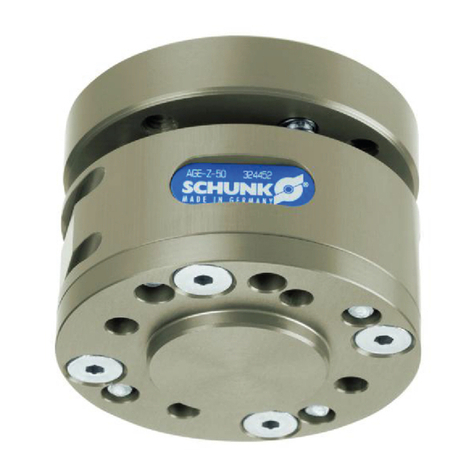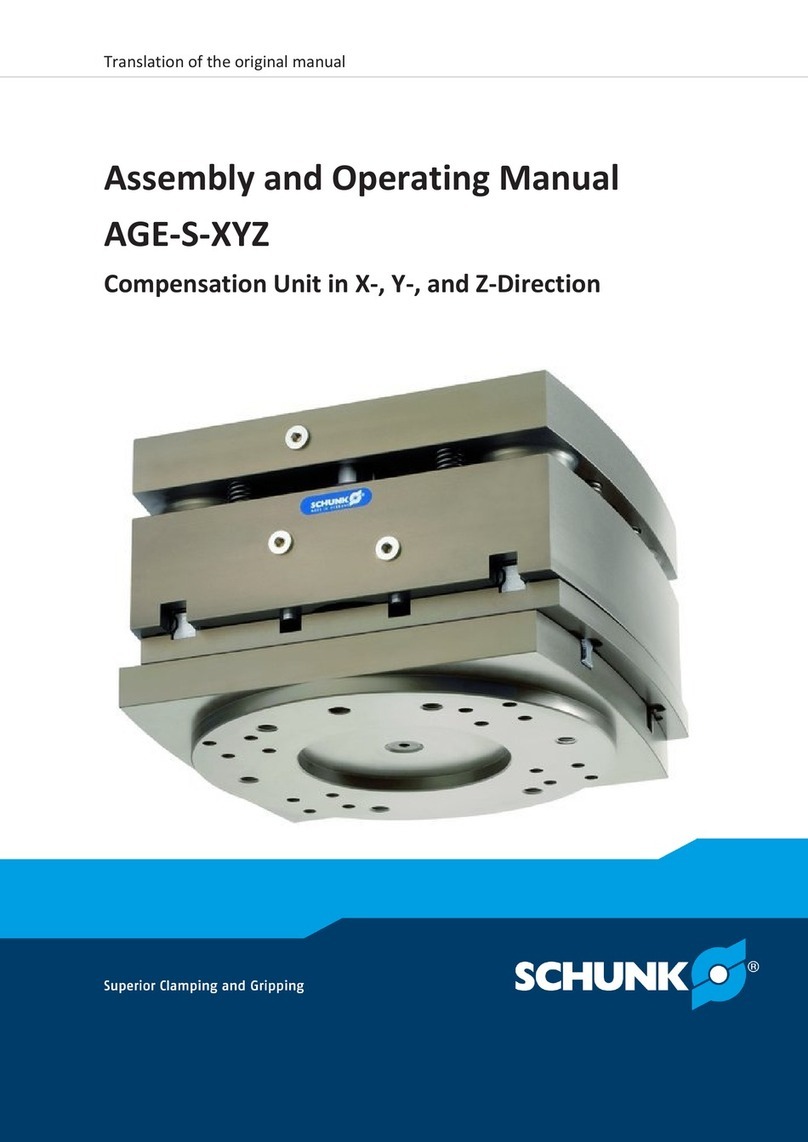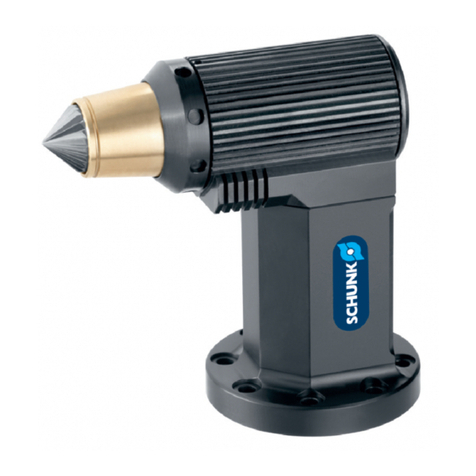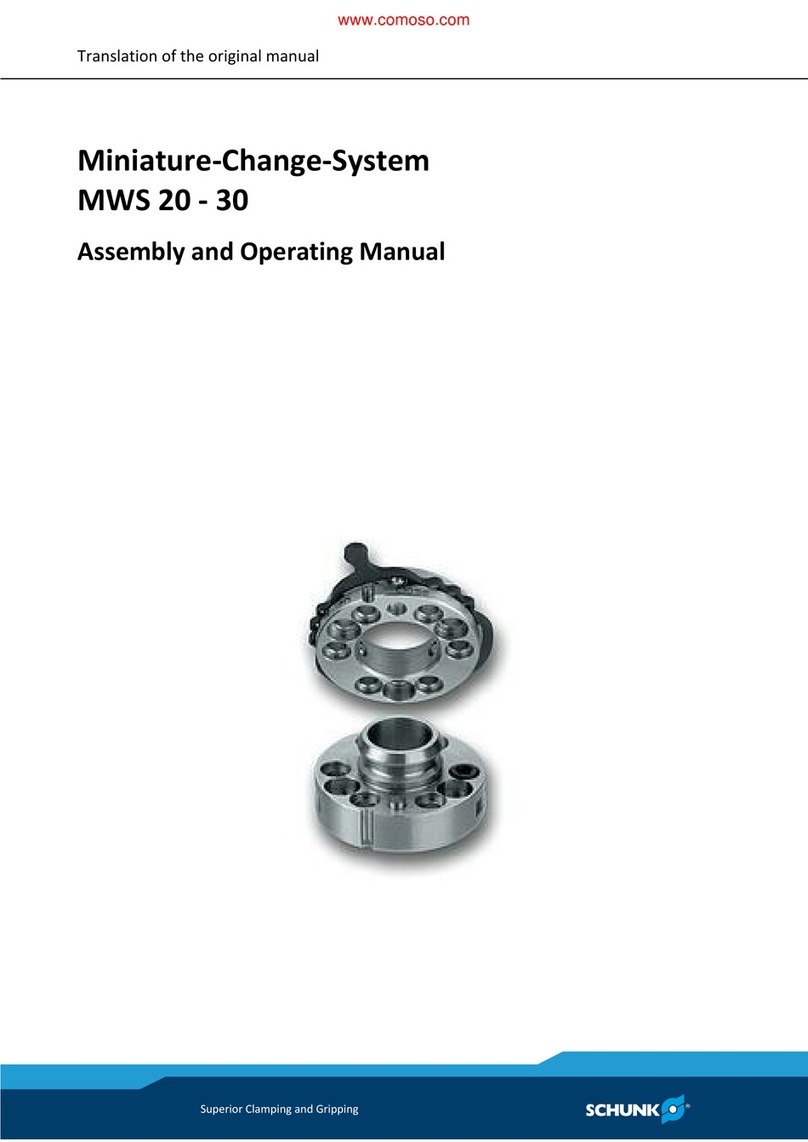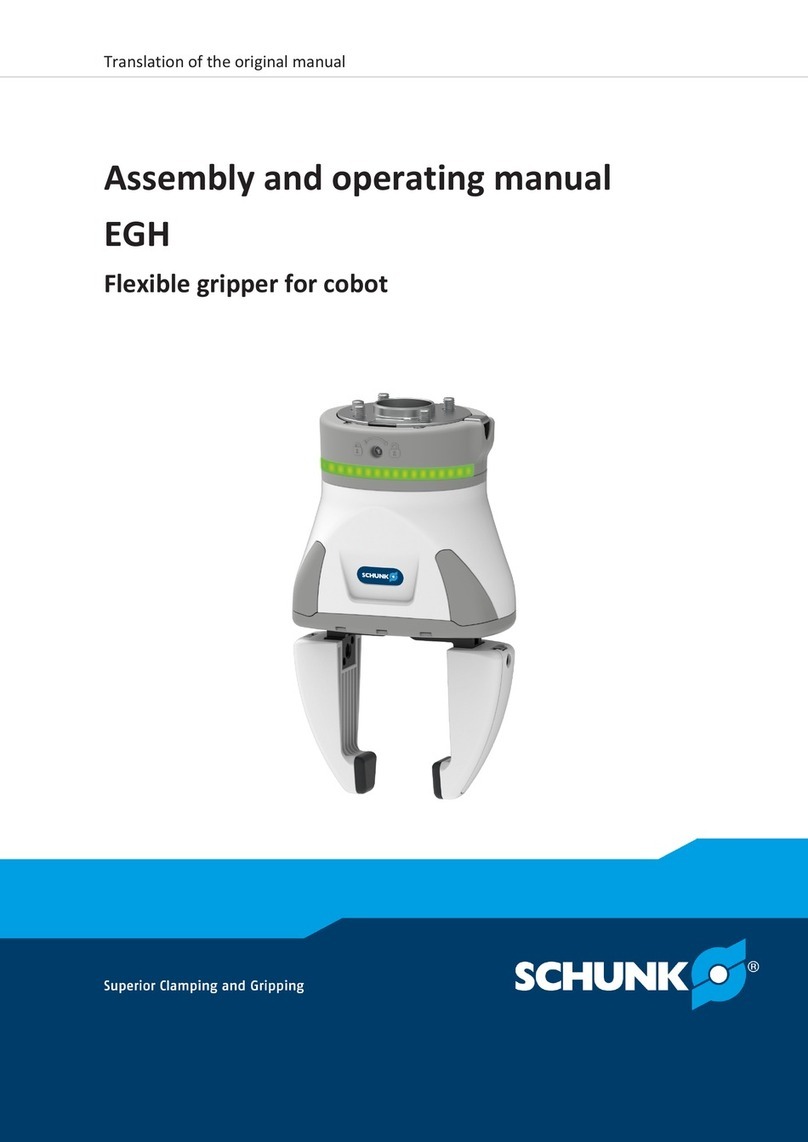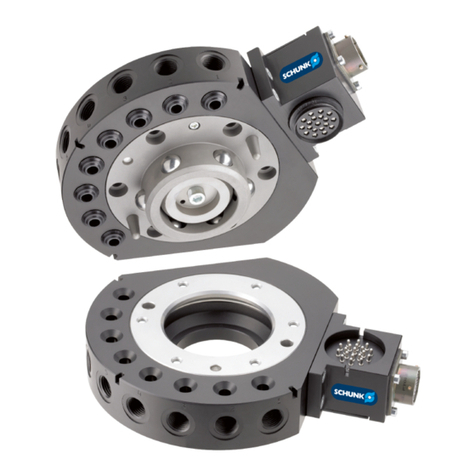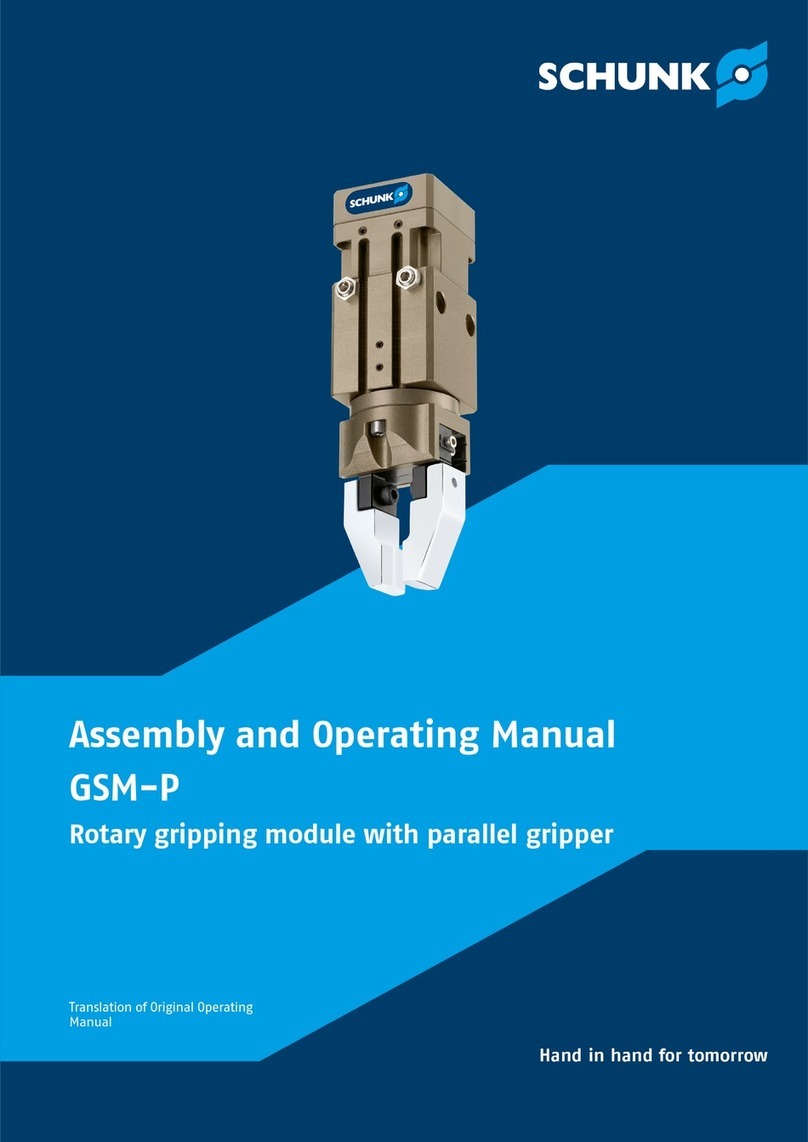
Table of Contents
02.00 | EMH | Assembly and Operating Manual | en | 1393220
3
Table of Contents
1 General.................................................................................................................... 5
1.1 About this manual ................................................................................................ 5
1.1.1 Presentation of Warning Labels ...............................................................5
1.1.2 Definition of Terms...................................................................................6
1.1.3 Applicable documents ..............................................................................6
1.1.4 Sizes ..........................................................................................................6
1.2 Warranty .............................................................................................................. 6
1.3 Scope of delivery .................................................................................................. 6
1.4 Accessories ........................................................................................................... 6
2 Basic safety notes ................................................................................................... 7
2.1 Appropriate use.................................................................................................... 7
2.2 Not intended use.................................................................................................. 7
2.3 Constructional changes ........................................................................................ 7
2.4 Spare parts ........................................................................................................... 7
2.5 Ambient conditions and operating conditions .....................................................8
2.6 Personnel qualification......................................................................................... 8
2.7 Personal protective equipment............................................................................ 9
2.8 Notes on safe operation ....................................................................................... 9
2.9 Transport ............................................................................................................ 10
2.10 Malfunctions....................................................................................................... 10
2.11 Disposal .............................................................................................................. 10
2.12 Fundamental dangers......................................................................................... 10
2.12.1 Protection during handling and assembly ..............................................11
2.12.2 Protection during commissioning and operation ...................................11
2.12.3 Protection against dangerous movements.............................................11
2.12.4 Protection against electric shock............................................................12
2.12.5 Protection against magnetic and electromagnetic fields .......................13
3 Technical data.........................................................................................................14
3.1 Basic data ........................................................................................................... 14
4 Design and description............................................................................................15
4.1 Structure............................................................................................................. 15
4.2 Description ......................................................................................................... 16
4.3 Magnetic suitability of the workpiece material.................................................. 17
4.4 Factors influencing the holding force ................................................................. 18
